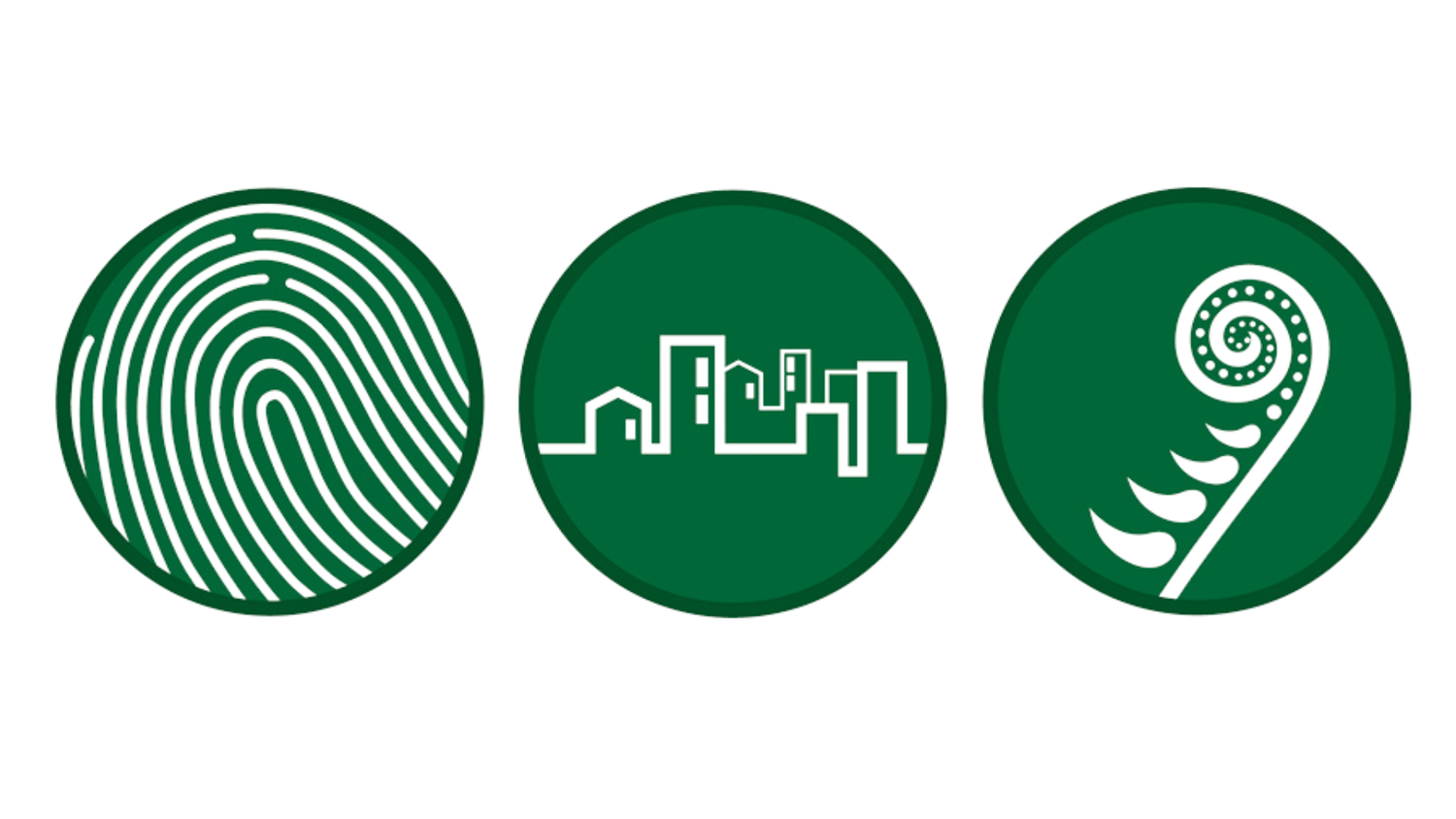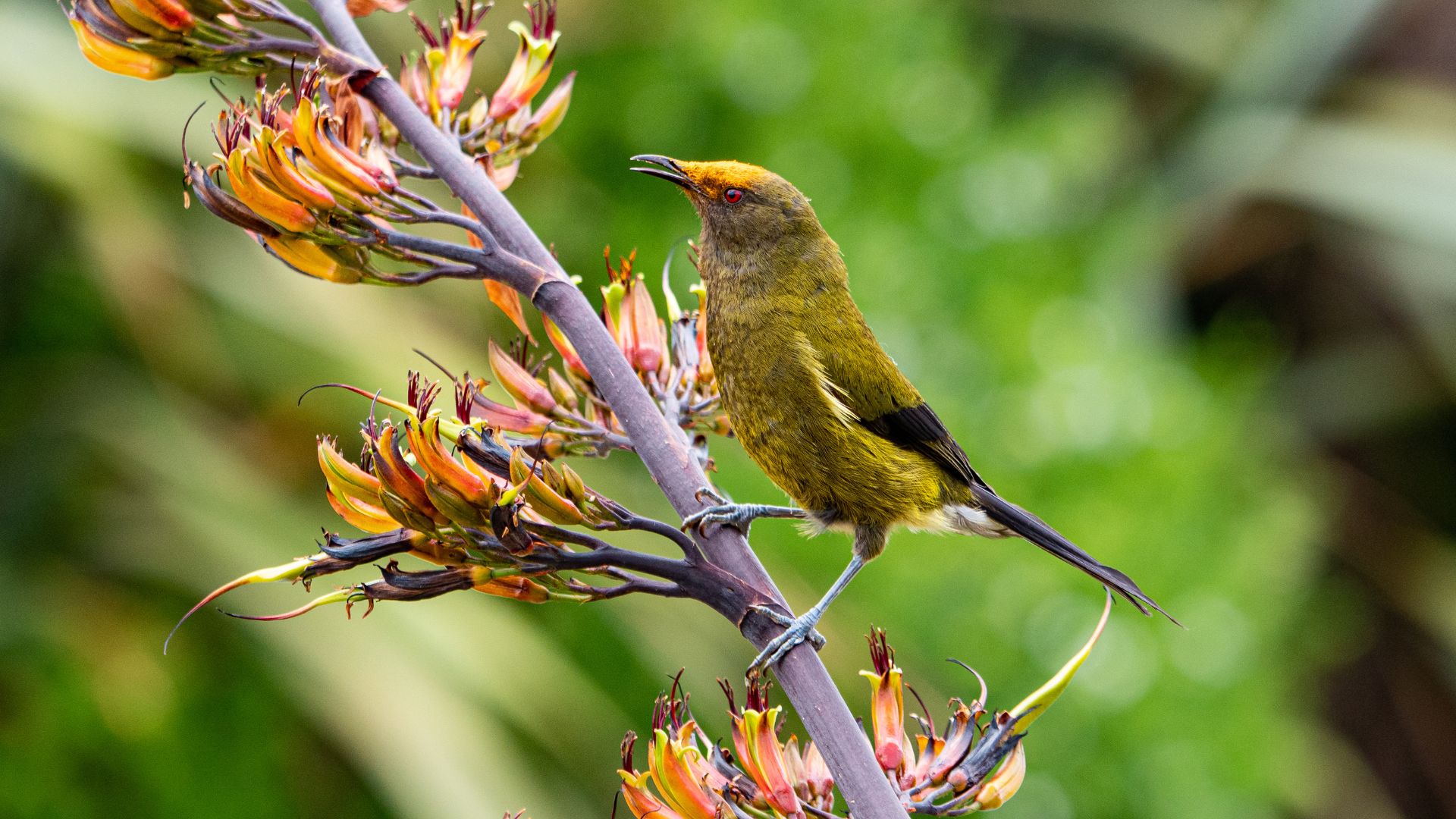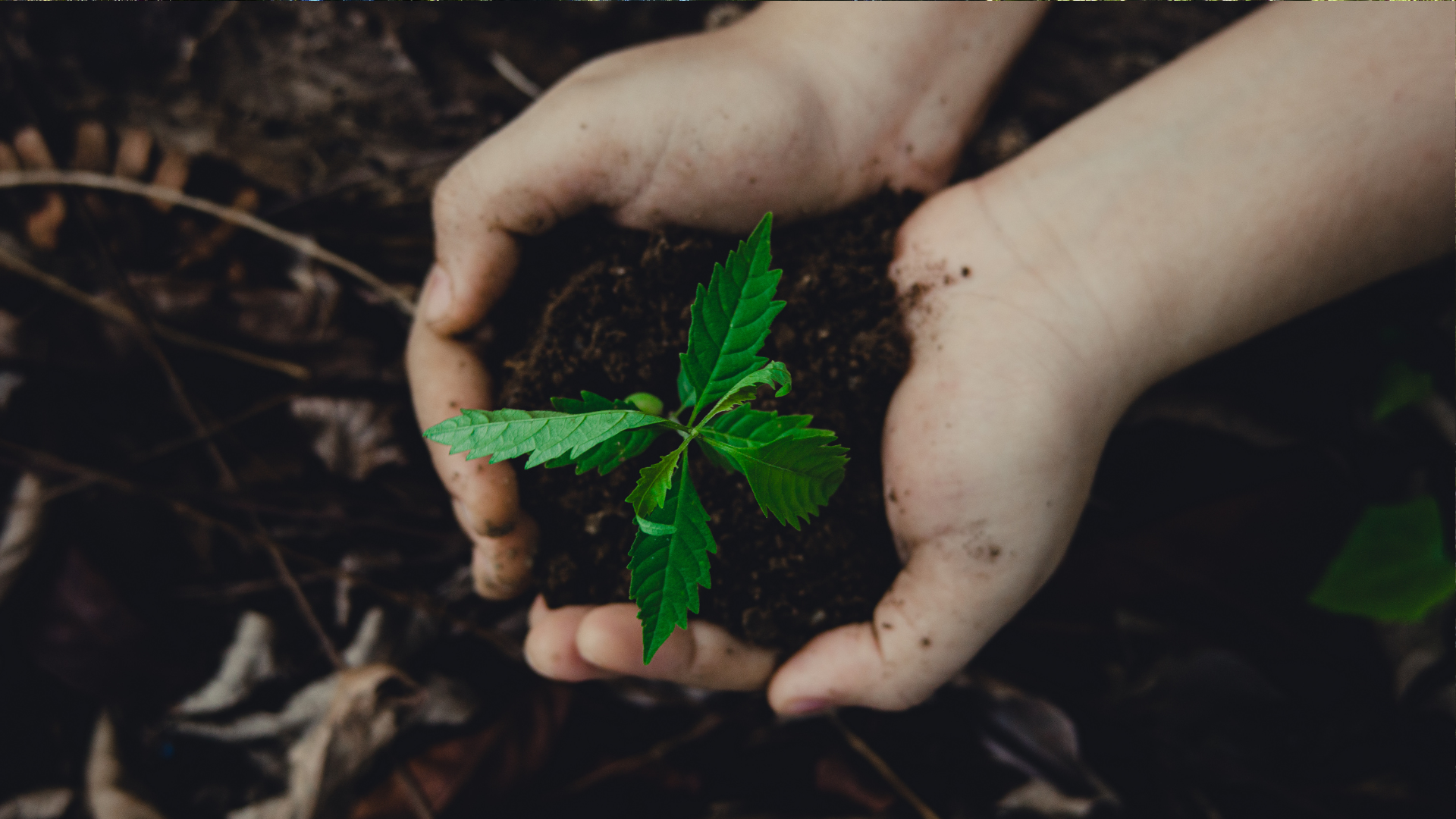
Current Research
Our current research on urban restoration is changing the way we co-exist with nature in urban jungles.
The project is structured around four key areas:
Residential design for biodiversity
Retain and restore urban wildlife
Restoring health-promoting soil biodiversity
Whanake rākau, whakatipu mātauranga, poipoia te tangata: Growing trees, enhancing knowledge, nurturing people
Residential Design for Biodiversity
Residential developments have huge potential to contribute to urban biodiversity through improved and innovative design. We are working on designs, behaviours, and policy-related strategies to improve biodiversity in residential landscapes.
We are investigating what habitat features contribute most to the retention and restoration of native biodiversity in cities. We are working with birds, lizards and iconic invertebrates as our indicators of native biodiversity, as well as soil and lizard microbiomes that impact human and wildlife health.
Retain and Restore Urban Wildlife
We are characterising soil biodiversity across an urban forest restoration timeline, and experimentally identifying passive exposure to airborne microbiota to develop ‘how to’ guidelines to restore urban forest soils and improve health and wellbeing.
Restoring Health-Promoting Soil Biodiversity
Whanake rākau, whakatipu mātauranga, poipoia te tangata: Growing trees, enhancing knowledge, nurturing people
Our research blends cultural and ecological knowledge to improve restoration plantings for everyone, including our mokopuna. We are developing a kaupapa Māori model to explore the multiple benefits of urban forests. Our findings will provide insights into social capital and economics of restoration planting at local and regional scales.






